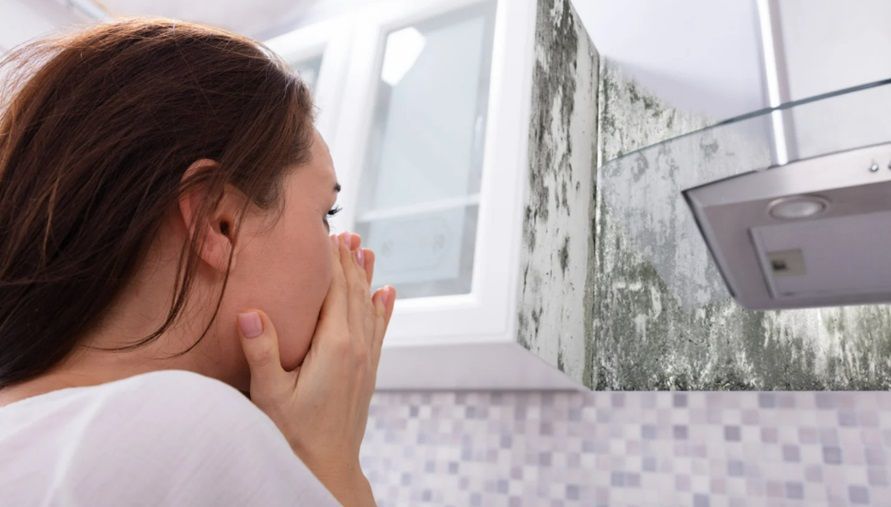Mold growth in commercial buildings can pose significant health risks and structural damage if left unaddressed. A commercial mold inspection in Atlanta is essential for identifying potential mold issues, preventing costly repairs, and ensuring a safe environment for employees and customers. Understanding the inspection process can help property owners take proactive measures to maintain a mold-free workspace.
The Importance of Mold Inspections in Commercial Buildings
Mold thrives in damp and poorly ventilated areas, which are common in commercial buildings due to HVAC systems, plumbing leaks, and varying humidity levels. A mold inspection is necessary to:
- Detect hidden mold growth before it spreads
- Prevent structural deterioration
- Ensure compliance with health and safety regulations
- Protect employees and customers from respiratory issues and allergies
Additionally, mold issues in schools and educational institutions have raised concerns, with studies indicating that mold exposure can impact children’s health, leading to respiratory problems and allergic reactions. This highlights the need for proactive mold inspections in all commercial spaces.
Steps in the Commercial Mold Inspection Process
1. Initial Assessment and Consultation
A professional inspector begins by gathering information about the property’s history, any past water damage, and existing mold concerns. This step helps determine the potential problem areas that require further investigation.
2. Visual Inspection
Inspectors conduct a thorough walkthrough, examining walls, ceilings, HVAC systems, and other areas prone to mold growth. They look for visible signs of mold, water stains, and excessive moisture.
3. Moisture and Humidity Testing
Mold thrives in high-moisture environments. Inspectors use specialized equipment like moisture meters and thermal imaging cameras to detect hidden water intrusion behind walls and under flooring.
4. Air and Surface Sampling
If mold is suspected but not visible, air and surface samples are collected to analyze mold spores. This helps determine the type and concentration of mold present, guiding the appropriate remediation process.
5. Lab Analysis and Reporting
The collected samples are sent to a laboratory for analysis. A detailed report is provided, outlining the findings, mold species identified, and recommendations for remediation.
6. Developing a Remediation Plan
If mold is detected, a remediation plan is created to remove the contamination safely. This may include cleaning, dehumidification, and repairs to prevent future mold growth.
Differences Between Residential and Commercial Mold Inspections
While the core principles of mold inspection remain the same, commercial inspections often involve larger areas, complex HVAC systems, and stricter compliance requirements. A detailed comparison of residential and commercial mold inspections can help business owners understand the specific challenges and solutions associated with commercial properties.
Conclusion
A thorough mold inspection is a crucial step in maintaining a healthy and safe commercial property. Mold issues can escalate quickly, leading to expensive repairs, health concerns, and even legal liabilities if not addressed promptly. Regular inspections, combined with proactive moisture control and proper ventilation, help prevent mold growth and ensure a productive work environment.
Business owners should not wait until mold becomes a visible issue—early detection through professional inspections can save time, money, and resources in the long run.
Related posts
Categories
Recent Posts
Advertisement


